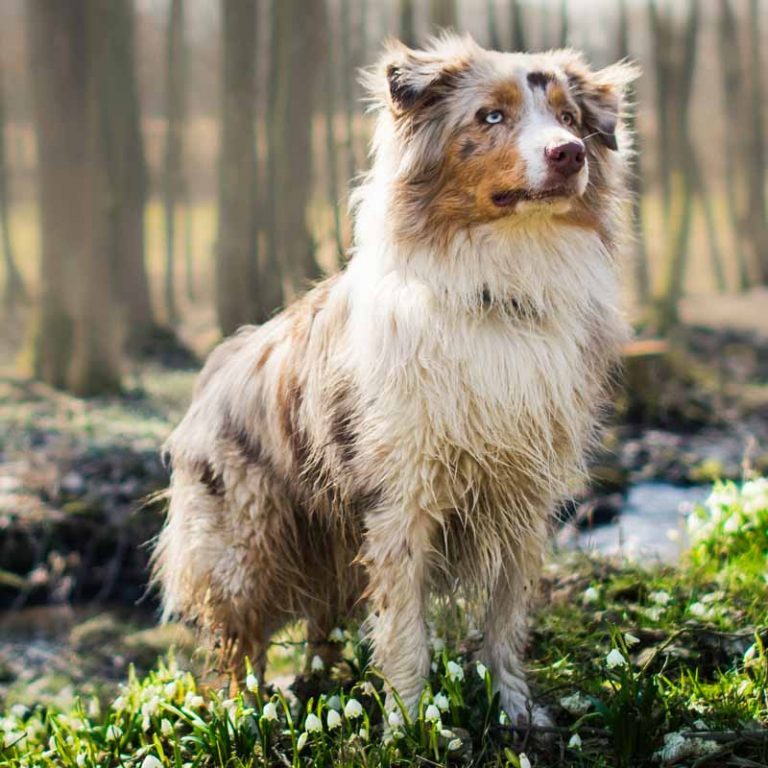

These authors observed that in other species, similar dietary stimuli also resulted in changes but not at the same locations in the skull, indicating that cranial responses to loading are species-specific. A 6-month experiment in which ferrets were fed either hard or water-softened pellets showed differences in facial growth and cranial width between the two groups ( He & Kiliaridis, 2003). Within this category are the broader biological questions of the interaction of genetic and epigenetic factors, form-function interactions in complex structures such as the skull, and medical issues related to orthodontic problems in humans and their treatment or prevention. The second major area of interest is the control of craniofacial development by the genome and epigenetic influences during ontogeny within species ( Lieberman et al. In comparing crania of feline and saber-toothed cats, Christiansen (2008), following Radinsky (1981), advocated that measurements that are directly linked to biomechanical analyses be included in phylogenetic analyses of mammals, particularly when phylogenies prove difficult to resolve. Divergent taxa of similar diet showed convergent aspects of morphology and the capacity to develop appropriate forces of biting.

Within Carnivora, for example, the strength of the relationship between BF and diet outweighs phylogenetic constraints on craniofacial form ( Christiansen & Wroe, 2007). The first is the interaction between size-specific magnitudes of BF in relation to trophic specialization among species within higher mammalian taxa.

The relationship between craniofacial morphology in mammals and biting forces (BF) generated by the masticatory apparatus has two major foci of interest. Results obtained here would be useful to the pet food industry for food product development, as well as to paleontologists interested in methods of estimating bite force from dry skulls. The lever models may thus be more robust across a wider range of skull size-shapes. Bite force predictions by the two lever models were relatively close to each other, whereas the regression models diverged slightly with some negative numbers for very small dogs. Size × shape interactions were also significant ( P < 0.05). Significant differences were not evident in small dogs. The effect of skull shape on bite force was significant in medium and large dogs ( P < 0.05). Results show that bite force increases as size increases, and this effect was highly significant ( P < 0.0001). The effects of shape and size on scaled predicted bite forces were evaluated. Observed bite force values were not available for the database used in this study, so only comparisons between categories and models were undertaken. Bite forces were predicted from measurements made on dried skulls using two lever models of the skull, as well as simple models derived by regression analysis. In addition to continuous size-shape analysis, nine size-shape groups were developed based on three skull shape categories and three skull size categories.

The purpose of this paper is to analyse the effects of cranial size and shape in domestic dogs ( Canis familiaris) on predicted forces of biting.


 0 kommentar(er)
0 kommentar(er)
